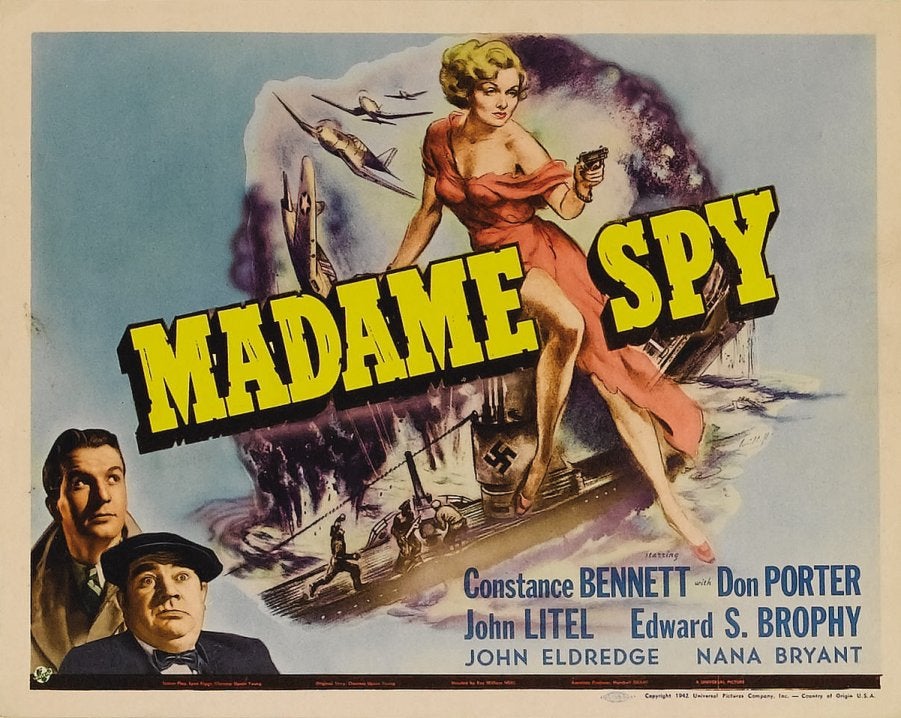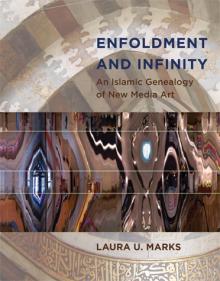In the third week of March, the Society for Cinema & Media Studies (SCMS) met in Seattle. I first attended the conference in the mid-1980s, when the organization had already grown into a major academic professional organization, and have attended every few years since then. This year, I was shocked to learn that SCMS now numbers over 3,000 members and, over a five day period, hosted as many as 25 concurrent panels in four to five time slots per day, with three to four papers per panel. The sheer volume of papers, workshops, screenings, and other events boggles the mind. There is not a single topic in film and television studies that was not discussed, whether one is interested in history, theory, genre, stars, production, distribution, exhibition or critical analysis. So, given the program, how does one decide what to do? For me, the decision was easy because, apart from my own presentation, I had no thematic agendas. I decided to support my current and former students, many of them now professors in their own right. And what a pleasure that was, indeed; I get a much bigger kick out of seeing them succeed then I have ever had publishing my own work.
 My first panel saw three former students from UCLA presenting on “New Directions in Historical Media Industries.” Ross Melnick (UCSB), whose excellent book on Roxy Rothafel was prominently on display in the publisher’s hall, discussed the exhibition strategies of 20th Century-Fox and company head Spyros Skouras in the Middle East in mid-century—a moment when all of the American majors were looking to expand into international markets at the same time they were losing their domestic theaters, due to the Paramount Consent Decree of 1948. These efforts were thwarted, however, at least in Egypt, because of rising anti-American and anti-Israeli sentiments after the 1948 war of independence and Gamal Abdul Nasser’s ascension. Rebecca Prime (Hood College), whose book on Hollywood Exiles in Europe: The Blacklist and Cold War Film Culture has been winning kudos in the press, spoke about Merian C. Cooper’s involvement in This is Cinerama (1951), the first of a number of documentaries in the three-screen process, contextualizing the film as anti-Communist and nationalist propaganda, especially its last 24 minutes, which present heroic aerial images of the U.S. Emily Carmen (Chapman University) looked at the career of Hollywood actress Constance Bennett, who, as she got older, transitioned into becoming her own producer on several films in the mid-1940s.
My first panel saw three former students from UCLA presenting on “New Directions in Historical Media Industries.” Ross Melnick (UCSB), whose excellent book on Roxy Rothafel was prominently on display in the publisher’s hall, discussed the exhibition strategies of 20th Century-Fox and company head Spyros Skouras in the Middle East in mid-century—a moment when all of the American majors were looking to expand into international markets at the same time they were losing their domestic theaters, due to the Paramount Consent Decree of 1948. These efforts were thwarted, however, at least in Egypt, because of rising anti-American and anti-Israeli sentiments after the 1948 war of independence and Gamal Abdul Nasser’s ascension. Rebecca Prime (Hood College), whose book on Hollywood Exiles in Europe: The Blacklist and Cold War Film Culture has been winning kudos in the press, spoke about Merian C. Cooper’s involvement in This is Cinerama (1951), the first of a number of documentaries in the three-screen process, contextualizing the film as anti-Communist and nationalist propaganda, especially its last 24 minutes, which present heroic aerial images of the U.S. Emily Carmen (Chapman University) looked at the career of Hollywood actress Constance Bennett, who, as she got older, transitioned into becoming her own producer on several films in the mid-1940s. 
Next, I went to a panel on film and the New Deal, where UCLA doctoral candidate Mary Samuelson looked at the cozy and apparently highly unethical relationship between Hollywood and Franklin D. Roosevelt’s National Recovery Administration (NRA), much to the chagrin of independent film exhibitors. These independents were attempting to push anti-Trust legislation against the industry’s monopolistic practice of block and blind booking, as well as the practice of exclusively offering first run films to studio-owned theaters. Indeed, the NRA’s motion picture exhibition code was all but written by studio minions, while excluding input from independents.
Doron Galili (Stockholm University), who was my student in UCLA’s Moving Image Archive Studies (MIAS) program, before receiving his PhD at the University of Chicago, gave a fascinating paper on Rudolf Arnheim’s little known work on the late-1960s educational film series, “The Art of Seeing.” Doron demonstrated the way Arnheim’s influential pre-war writing on film theory morphed after his exile to the U.S. into stylistic and pedagogical concerns in art education. I was struck by the similarities between Arnheim’s editing of images and Saul Bass in his seminal Why Man Creates (1968), a film I write about in my upcoming book on Bass, and also the subject of my conference intervention.
Another of my UCLA-trained media historians, Jennifer Porst, is on the cusp of finishing her dissertation on the contentious relationship between Hollywood and the New York-based television broadcasting industry in the early 1950s. Her paper on the licensing of feature films to television before 1955 demonstrated that while the major studios attempted to exclude their product from TV, which they saw as direct competition and a threat, independent and foreign producers willingly sold films to broadcasters, who were attempting to fill their schedules with content without breaking their budgets on more costly self-produced programming.
Finally, I had a reunion with Laura U. Marks (Simon Fraser University), who was one of a group of graduate students  in my film historiography seminar at the University of Rochester in the mid-1990s. Her latest book, Enfoldment and Infinity: An Islamic Genealogy of New Media Art (2010), was written after spending more than a year in Beirut, Lebanon. She lectured on the film archival work of artists like Rania Stephan, who in the absence of functioning national film archives are collecting local film history. Stephan's recent film The Three Disappearances of Soad Hosni (2011) remixes VHS clips from Egyptian feature films to explicitly critique the misogynist gender politics of national Arab cinemas.
in my film historiography seminar at the University of Rochester in the mid-1990s. Her latest book, Enfoldment and Infinity: An Islamic Genealogy of New Media Art (2010), was written after spending more than a year in Beirut, Lebanon. She lectured on the film archival work of artists like Rania Stephan, who in the absence of functioning national film archives are collecting local film history. Stephan's recent film The Three Disappearances of Soad Hosni (2011) remixes VHS clips from Egyptian feature films to explicitly critique the misogynist gender politics of national Arab cinemas.
Due to scheduling conflicts, I missed papers by Mark Lynn Anderson (University of Pittsburg), another member of my Rochester cohort; UCLA’s Jaimie Baron (University of Alberta), who talked about her new book, The Archive Effect: Found Footage and the Audiovisual Experience of History; Dawn Fratini (UCLA), who spoke about 3-D filming the 1950s; Maya Montanez Smuckler (UCLA), who is finishing her dissertation on American women filmmakers in the 1970s; and Noah Zweig (UCSB), my former MIAS student who presented something from his dissertation on Bolivian state broadcasting.
Hearing so much excellent work made me miss teaching all the more.






 Mobile Navigation
Mobile Navigation

